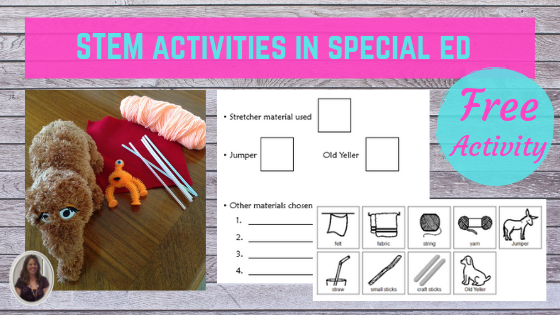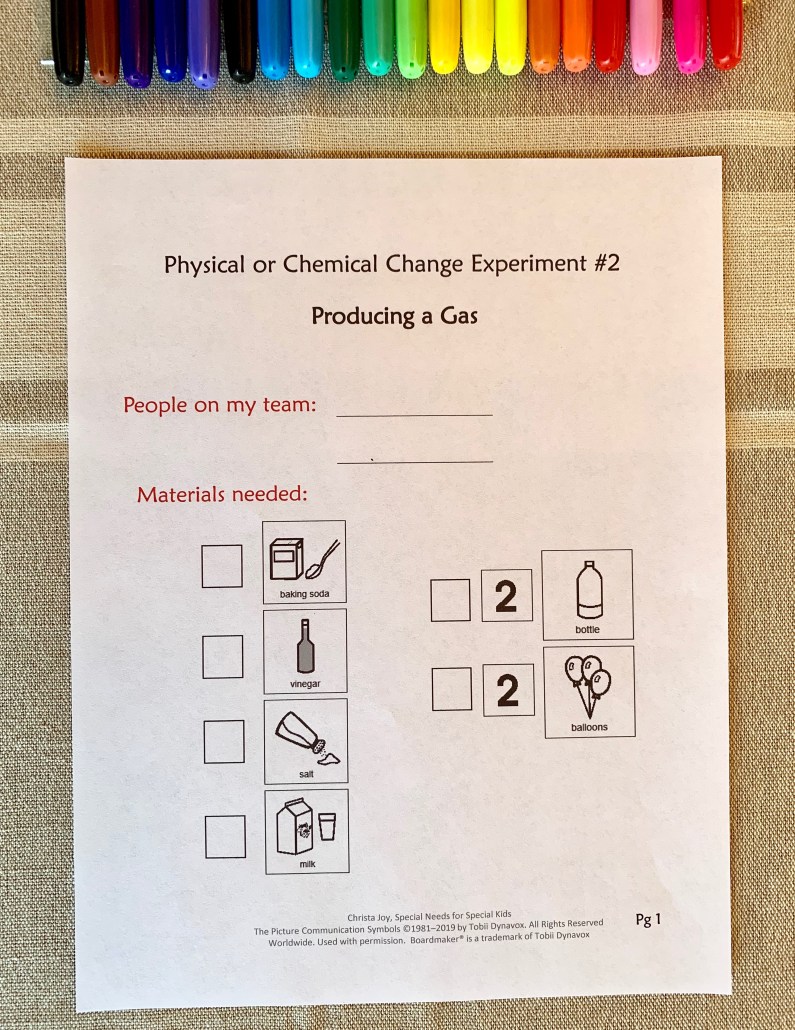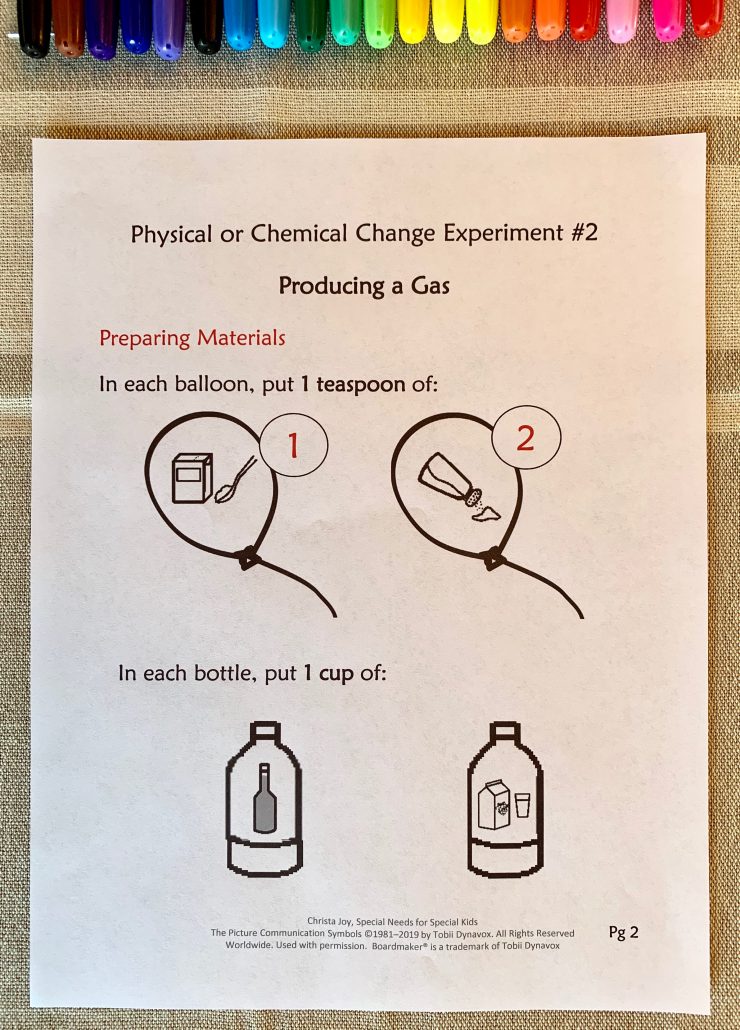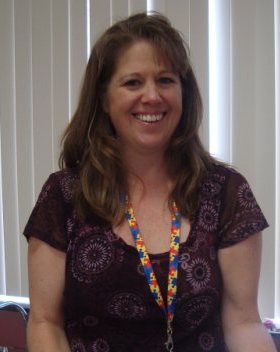Teaching the scientific method to kids can be a challenge. We also know teaching the scientific method steps to students is part of almost every science curriculum. But how can you address teaching the scientific method to kids if you teach in a special education setting? What if the students you teach are severely impacted? Can you still teach the steps of the scientific method? Should you teach the steps to the scientific method? Yes and yes. Let’s look at how you can take this abstract concept and provide enough support (and a lot of repetition of course) to allow your students to make real connections to this process. Oh, and there is a FREE download at the end of this post. ?
Step 1: Ask a good question
This is probably the most difficult step of teaching the scientific method to students for me because asking questions in general, can be really difficult for our kiddos. The key here is to get your kids to :
- Just ask general questions about the material you are studying
- Start deciding if their questions contain something that can be measured
- Come up with questions that can be measured AND are relevant
So, as you can imagine, this takes a lot of guidance and a lot of practice. I try to validate as many questions as I can. Remember, this is NOT the formation of a hypothesis. That comes in step 3, and we will provide a lot more support for that step. For now, I then help guide them as much as I can, while letting them explore possible questions. In the end, it is okay if you, as the teacher, come up with the best question to base your research and experiment around.
Step 2: Research and gather information
This is the next step in teaching the scientific method to kids and is the easiest, in my opinion. If you have a well-structured lesson then you are naturally helping students research and gather information every day through the stories you use, videos you show, and activities you have students complete. The other part of this step is deciding on what you will need for your experiment and gathering those materials. Here is how I set that up to make it as structured and independent as possible.
Step 3: Make a hypothesis
This step in teaching the scientific method to kids needs some structure to be sure our students truly comprehend what a good hypothesis looks and sounds like. For that reason, I use the format shown below to allow students to formulate their OWN hypothesis. That means I try to provide answer choices that make sense, but I also know might be proven wrong. It is OKAY to have a hypothesis proven wrong. It is important to let students know that, so they do not feel like they have done something “wrong” if things do not turn out as expected.

Step 4: Conduct experiments
Yep, this is the best part of the scientific method. All kids love to do experiments. Although you may not wade into the territory of independent, dependent, and controlled variables with your students, you, as the teacher, need to be aware of them to protect the integrity of the results. For that reason, I make the experiment very structured and the directions very visual. Honestly, some experiments go better than others, but my ultimate goal is to allow students to do as many of the steps themselves with only some guidance from me. I try to stay away from the “now watch me” model. I think the kids need to get their hands in there and actually DO the experiment themselves.

Step 5: Analyze the results
You may think this is the hardest step of teaching the scientific method to kids, but really it’s not. With the right amount of support and visual structure, students are able to collect the data on their own AND compare it to their hypothesis.

Step 6: Present your conclusion
The moment of truth. Students get to share what happened in their experiment and how that compared to their hypothesis. Circling back and connecting their results to their predictions is critically important in the process of teaching the scientific method to kids. I also think it is the step that is often glossed over in many regular education settings. But, I have found a great way to help students “see” this connection. This is one of those times, that I try to include only the correct answers. I make this last page as errorless as possible. I want my students paying attention to how their results compared to their hypothesis, NOT trying to figure out what the right answer is. It has worked really well for me.

My hope is you will feel like you have the tools to help your students not only conduct experiments in your classroom, but to do it with validity and respect for the scientific method. I use this exact same set up for every experiment I have included in my science units. If you want to try one out, click the button below to download this experiment from my unit on the Scientific Method: Turning a Penny Green. I think your students will really love it!


If you are also interested in adding more STEM activities to your lessons this year (even if you are distance learning), then be sure to hop over to this blog post. You will get a free STEM activity that will give you the perfect formula for creating these types of activities for your students who may have significant needs. Read about STEM activities HERE!!
I hope this post helped you see how to teach the scientific method to kids in a special education setting. Once you find the templates that work best for your students, your kids will be successful using the steps of the scientific method to conduct their own experiments.




One Comment
Comments are closed.